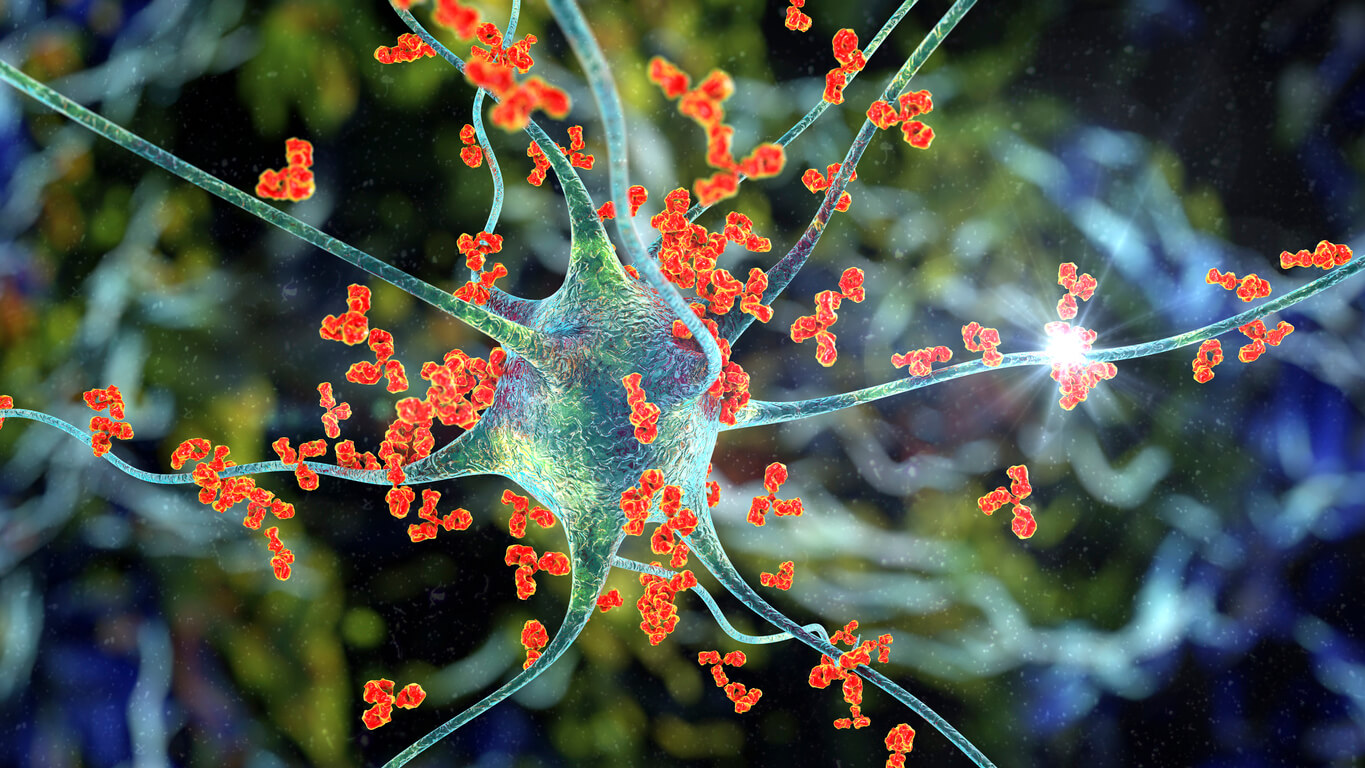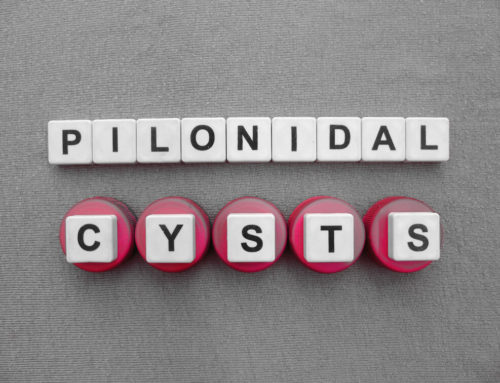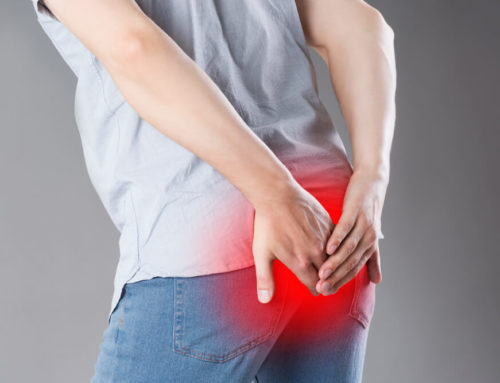Getting pilonidal disease is never fun. Check out this article for the top 8 facts about this disease, and find answers to all the questions you may have regarding the problem.
Do you have questions like: What is pilonidal disease? What are the pilonidal disease symptoms? And what’s the best pilonidal disease treatment? Worry no more as we will answer all the above, putting your mind at ease when discussing this disease.
- What is pilonidal disease?
Are you wondering what is pilonidal disease? Pilonidal disease, also known as pilonidal sinus, is a small hole above the buttocks that usually contains lots of hair and dead skin. It can be quite hard to find and often looks just like a big pimple.
- What causes pilonidal disease?
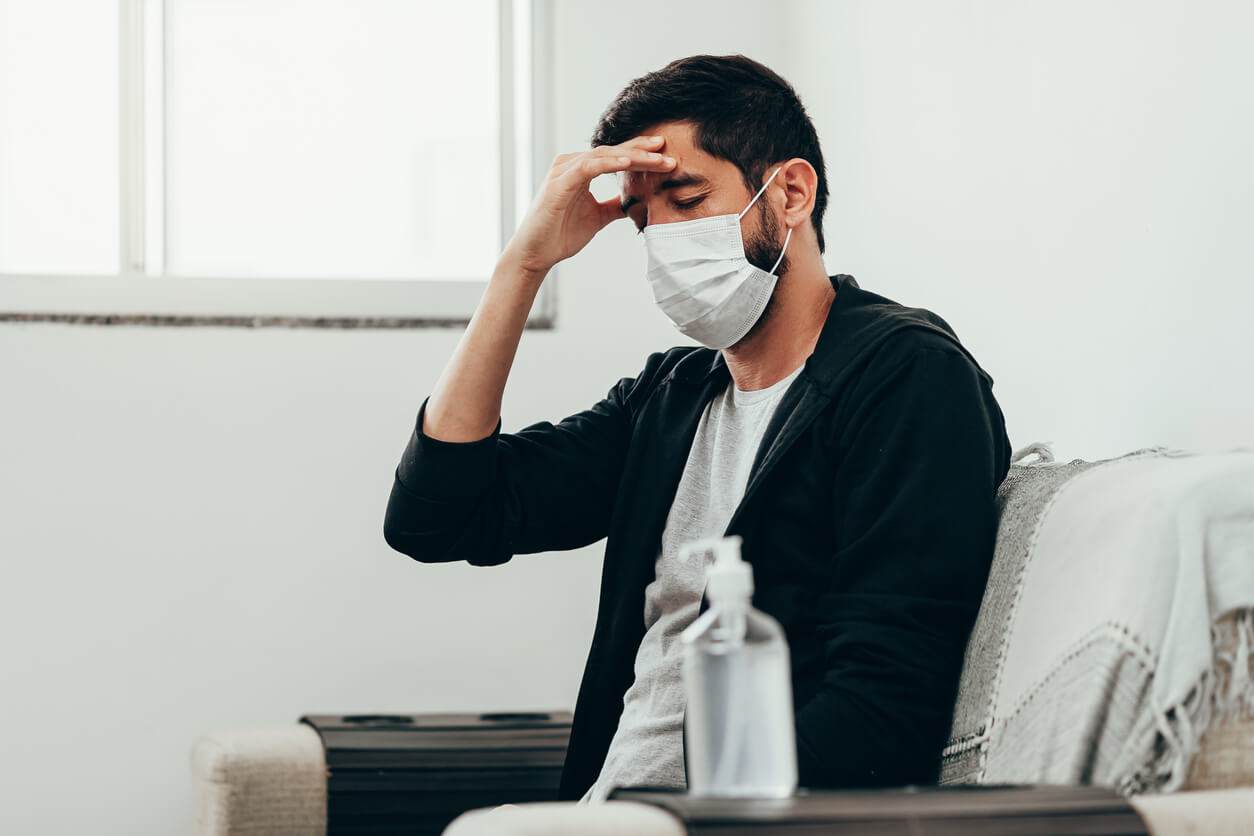
When hair gets trapped between the buttocks, it drills into the skin and creates a small hole in an attempt to grow out.
The biggest problem is when the hole gets infected. This can cause massive amounts of pain for the person who has this disease.
- To whom does this disease commonly occur?
Pilonidal sinuses most commonly occur in men. This is mainly due to this gender growing more hair, so it is easier for them to get this disease.
It also occurs in those who are obese. This is because the skin folds much more often for these people, creating the perfect environment for hair to get trapped.
Those who sit for long periods of time, like bus drivers, are also quite likely to get this disease.
- Can it be deadly?
In the majority of cases, a pilonidal sinus is not fatal. However, there are a few cases where it can become deadly.
If an infection in the area goes undetected, there is a possibility that it could spread throughout the body, which can be life-threatening.
In rare cases, a pilonidal sinus causes squamous cell carcinoma (the second most common type of skin cancer). When you visit a doctor, they will test for this by taking a pus sample in the area.
- What are the pilonidal disease symptoms?
Those who have this disease often do not notice they have it until it gets infected. When this happens, they may have the following pilonidal disease symptoms:
- Pain around the top of the buttocks area
- Red skin
- Inflammation around the hole
- Pus or blood draining from the hole
- A distinct repugnant smell from the pus
- Fever or nausea
- Is there pilonidal disease treatment?
If you are suffering from this disease, you may be wondering if there is any treatment to stop it.
Before we go into the pilonidal disease treatment, you first need to know that the different treatments depend on what symptoms you have, how large the sinus is, and how long you’ve had it for.
Draining the Pus
If you only have a small amount of pus built up in the hole, only a minor operation will be needed to treat it. Simply drilling a hole into the abscess will drain all the pus from the hole, greatly reducing the pain.
Although this sounds quite painful, you don’t need to worry. A general or local anesthetic will be administered to you, which will significantly help ease the pain.
After receiving the treatment, you may still be in pain between 4 to 6 weeks afterward before recovering.
Removing the Sinus
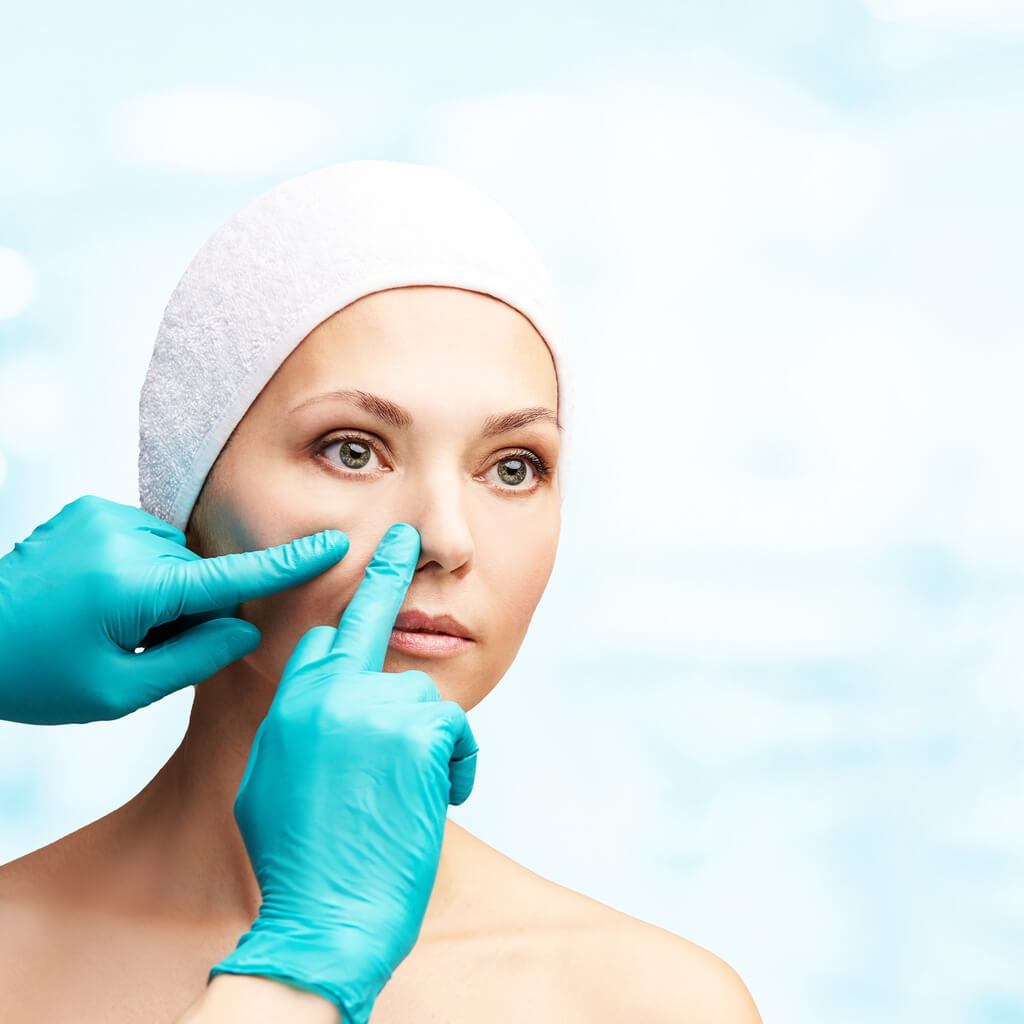
If you have an extremely large sinus or one that constantly gets infected, it must be removed. In this treatment, the surgeon cuts out the sinus and takes away some of the skin around it. This leaves the hole open, allowing it to heal itself naturally.
Once again, you will be under a general anesthetic, so the treatment should be relatively painless. However, after completing the treatment, there will be a recovery time of 6 to 12 weeks before you feel just like usual again.
Closing the Wound
If you have a large sinus, and it gets infected all the time, the doctor may decide that it needs to be closed. If this is the case, the surgeon will cut the sinus and the skin on either side before stitching together the two sides to keep it shut.
A general anesthetic will put you under, and after ten days, your doctor will remove the stitches.
Although with this treatment, the recovery time is much shorter than when your doctor removes a sinus because there is a much higher chance of infection.
Cleaning the Sinus
With this procedure, a camera (also known as an endoscope) is placed in the sinus area, showing a clear picture of how infected the area is. Using what was found from the camera, then your doctor will remove problematic hair and skin from the area, and the sinus is cleaned. After this, your doctor will heat the sinus for closure.
A spinal or local anesthetic will be used. The benefit of this treatment is that it is much less invasive than others mentioned here and has a higher chance of success because of this. Within a month or so, you should recover and get back to feeling your best.
- Can this disease be prevented?
If you don’t have this disease and are looking for ways to prevent it, take a look at a few tips below:
Keep it clean
As the leading cause of this disease is dead skin and hair getting caught in the abscess, keeping the area clean will go a long way to preventing it from becoming worse.
Try losing weight
Those with more weight often find that their skin overlaps, causing the pilonidal sinus to occur. Losing weight will ensure that there will be a much lower chance of this disease arising.
Ensure not to sit down for a long time
Another way to prevent pilonidal sinus is by not sitting down for long periods. As the skin tends to fold when sitting down, this creates the perfect environment for this disease to flourish. Standing up now and then will help stop pilonidal sinuses from forming.
Remove the Hairs
Have you have had this disease before and are looking for ways to prevent it from happening again or getting worse? If so, we propose that routinely shaving or removing hair in that area. Hair removal will go a long way in ensuring it doesn’t appear again.
- Do I need to do anything before my appointment?
Before getting the treatment, the doctor is likely to ask you a range of questions to ensure you get the best treatment for your condition. Getting some answers ready for these questions is key to ensure you are properly prepared for your appointment.
Your doctor will likely ask you the following:
- What are your symptoms?
- What makes the pain easier? What makes it worse?
- What medications you currently taking?
- Do you have or have you had a fever recently?
- Does your job require you to sit all day?
Speak to the Experts
With almost everything covered relating to pilonidal sinuses, we hope you’ve found everything you need.
Do you think you may have a pilonidal sinus and want to get treatment? If so, why not give Advanced Surgical Physicians a call.
Located in Palm Beach County, Florida, we have years of experience conducting treatments for this disease and know exactly what’s needed to stop you from feeling pain in that area again. Book an appointment today.


